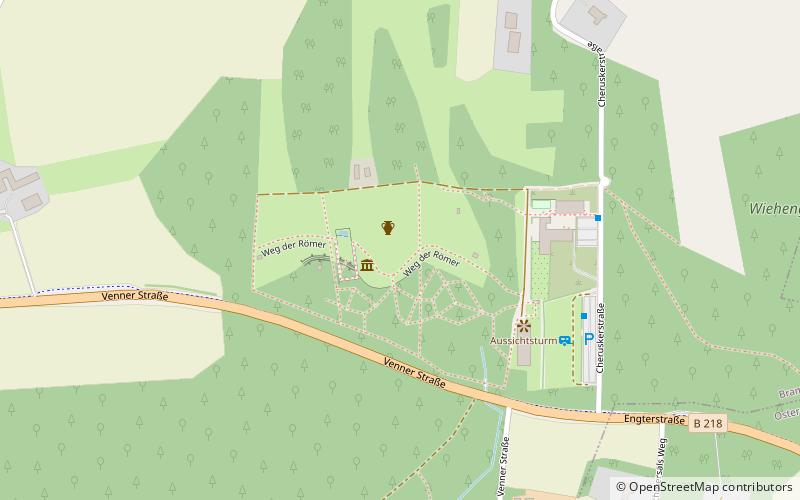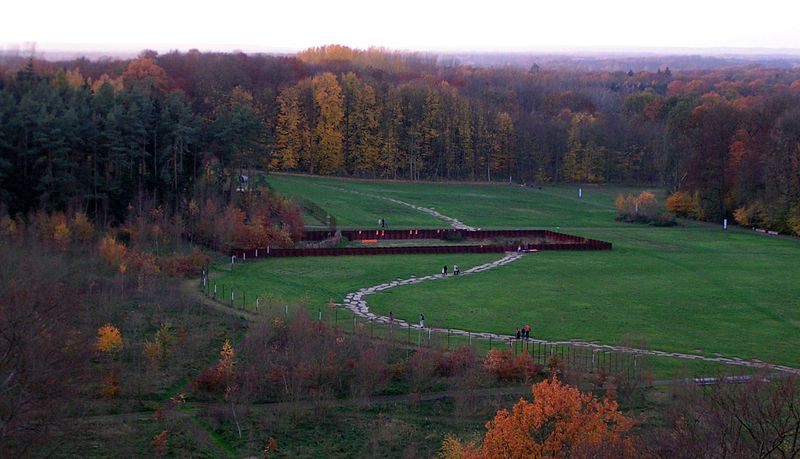Kalkriese


Facts and practical information
Kalkriese, Germany, is a site of great historical and archaeological significance. It is widely believed to be the location of the legendary Battle of the Teutoburg Forest, where in 9 AD, an alliance of Germanic tribes led by Arminius ambushed and destroyed three Roman legions commanded by Publius Quinctilius Varus. This catastrophic defeat had a lasting impact on Roman expansion and is considered a pivotal event in the history of Europe.
The site was identified as a possible location for the battle in the late 1980s, and since then, numerous archaeological excavations have taken place. These have unearthed a wealth of artifacts, including Roman military equipment, coins, and human remains, which provide a vivid picture of the violent clash between the Roman forces and the Germanic warriors.
One of the most notable features of Kalkriese is the earthen wall, which is believed to have been used by the Germanic tribes to ambush the Romans. The wall and other findings suggest that the Germans had carefully prepared the site for the attack, taking advantage of the difficult terrain to trap and defeat the Roman legions.
Today, Kalkriese is home to a museum and park, which offers visitors the opportunity to learn about the battle, the archaeological discoveries, and the broader historical context of the Roman Empire's frontier in Germania. The museum displays many of the artifacts found at the site, and the park includes walking trails that allow visitors to explore the landscape where the battle took place.
Kalkriese – popular in the area (distance from the attraction)
Nearby attractions include: Darnsee, St.-Alexander-Kirche, Alte St.-Alexander-Kirche, Windmühle Lechtingen.




